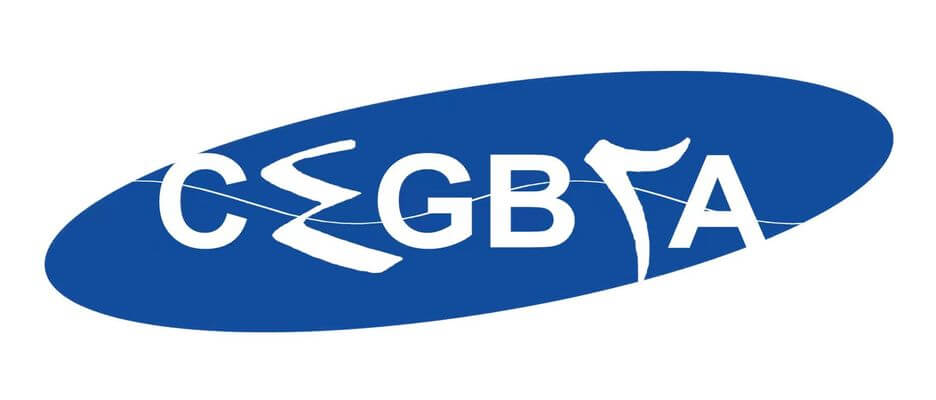Overview of monitoring methods and environmental distribution: Microplastics in the Indian Ocean
Geyer's projections indicate that approximately 12,000 metric tons of plastic waste will enter rivers, oceans, and other natural environments by 2025 (Geyer et al., 2017). The widespread use of plastics across various industrial and medical sectors is attributed to their durability, lightness, strength, cost-effectiveness, and corrosion resistance (Reddy et al., 2013). The presence of large-scale plastics poses significant environmental risks, leading to a growing awareness and concern regarding the toxicological impacts of microplastics on both the envi- ronment and ecology (Hartmann et al., 2019; Qi et al., 2020). Micro- plastics are defined as plastic particles ≤5 mm in size, categorized into three groups: tiny particles <1 mm, medium-sized particles ranging from 1 to 3 mm, and larger particles spanning from 3 to 5 mm (Birch et al., 2020; Thompson et al., 2004). They can be made from various polymer materials, such as Polyethylene (PE), Polypropylene (PP), Polystyrene (PS), Polyvinyl Chloride (PVC), Polyamide (PA), and Poly- ethylene terephthalate (PET), among others (Gazal and Gheewala, 2020). Primary microplastics pertain to plastic particles that are directly
emitted into the environment, primarily originating from particulate matter discharged during industrial production and plastic dust shed by plastic products (Van Cauwenberghe et al., 2015). Conversely, second- ary microplastics are formed when larger plastic materials undergo fragmentation (Arthur et al., 2009). Increased plastic production, improper disposal, and high persistence in nature dramatically elevate oceanic plastic-waste accumulation, posing a global environmental issue (Alabi et al., 2019).
Microplastics originate from diverse sources: land-based debris transported by rivers, wind, and runoff, as well as marine activities like fishing, aquaculture, and shipping (Chen et al., 2021; Lusher et al., 2017; Sinha, 2024). Their removal from marine environments is challenging, facilitating global dissemination and exerting significant adverse effects on marine ecosystems (Auta et al., 2017; Khalid et al., 2021). Therefore, the resolutions of the United Nations Environment Assembly on marine litter and microplastics, as well as the goals of the United Nations Sus- tainable Development Goals, emphasize the importance and necessity of reducing plastic production and consumption (Carlini and Kleine, 2018; Elliff et al., 2022).
The Indian Ocean is the third largest ocean in the world, covering >30 % of the global ocean area and supporting approximately 30 % of the world's population (Thiemann, 2023; Wafar et al.,2011). Typical sea regions include the Arabian Sea, Bay of Bengal, Andaman Sea, Red Sea, Gulf of Aden, etc. (Wafar et al., 2011). Coastal countries include Iran, India, Bangladesh, Thailand, Malaysia, Indonesia, Australia, and others (Sakhuja, 2022). The Indian Ocean holds a strategically significant po- sition in terms of fisheries, natural gas, and oil resources, playing a vital role globally (Llewellyn et al., 2016). The Indian Ocean boasts rich biodiversity, encompassing coral reefs, seagrass beds, and diverse ma- rine species (Wafar et al., 2011). However, microplastic pollution in its surface waters is among the highest globally, primarily sourced from heavily polluted rivers, notably the Ganges and Indus (Jabeen et al., 2023; Li .,etal 2021; Napper .,etal 2021). Numerous populations in surrounding countries rely on fisheries for their livelihoods (Van der Elst et al., 2005). Consequently, microplastic contamination may impair fishery resources, adversely impacting local livelihoods and economic development (Taylor et al., 2019). People living within 50 miles of the ocean contribute to environmental pollution due to the lack of proper plastic-collection measures (Moore, 2008). Human coastal activities generate waste, such as plastic bottles, fast food boxes, beverage cans, and plastic bags, which will result in elevated levels of PE and PET pollution in the marine environment (Cole et al., 2011; Li et al., 2022b). The abundance of microplastics increases with the concentration of human activities and subsequently flows into the ocean (Wang et al., 2022). Research on microplastics in seawater is a crucial way to reveal the pollution level of marine areas (Xiong et al., 2022).
In research reports on microplastics in the Indian Ocean's seawater, most studies have focused on coastal seawater surrounding countries (Hakim et al., 2023; Sunitha et al., 2021). Coastal seawater near densely populated areas is susceptible to microplastic pollution from external sources, spreading via ocean currents to the Indian Ocean's outer regions and permeating the entire marine environment (Hakim .,etal 2023; Li et al., 2022a). This paper analyzes microplastic pollution in the Indian Ocean seawater. Despite a foundational research base, significant de- ficiencies and challenges remain, particularly in sampling and identifi- cation. Existing research lacks adequate sampling point distribution, representativeness, and consideration of depth, frequency, and seasonal changes. Furthermore, variations in sampling, handling, and detection methods across studies exacerbate data inconsistency and compara- bility, hindering an accurate understanding of microplastic pollution in the Indian Ocean. To address these gaps and advance the field, this re- view aims to: (1) Comprehensively analyze the current research status of microplastics in the Indian Ocean waters by systematically reviewing literature to identify progress, limitations, and disputes, providing a clear background for future research; (2) Summarize and classify current methods for microplastic sampling, extraction, identification, and quantification in the Indian Ocean. By comparing method strengths and weaknesses, we explore their impact on pollution assessment results, providing a basis for a unified and standardized process; (3) In-depth analysis of the distribution of microplastics in seawater around the In- dian Ocean. Based on sampling method classification, we comprehen- sively evaluated spatial distribution and concentration levels to support understanding of migration and transformation patterns; (4) Explore the physical properties of microplastics in seawater around the Indian Ocean and analyze size, shape, color and chemical composition to pro- vide a theoretical basis for control strategies. Finally, based on this analysis, we propose specific suggestions for future microplastic research to promote in-depth development and practical application in this field.

